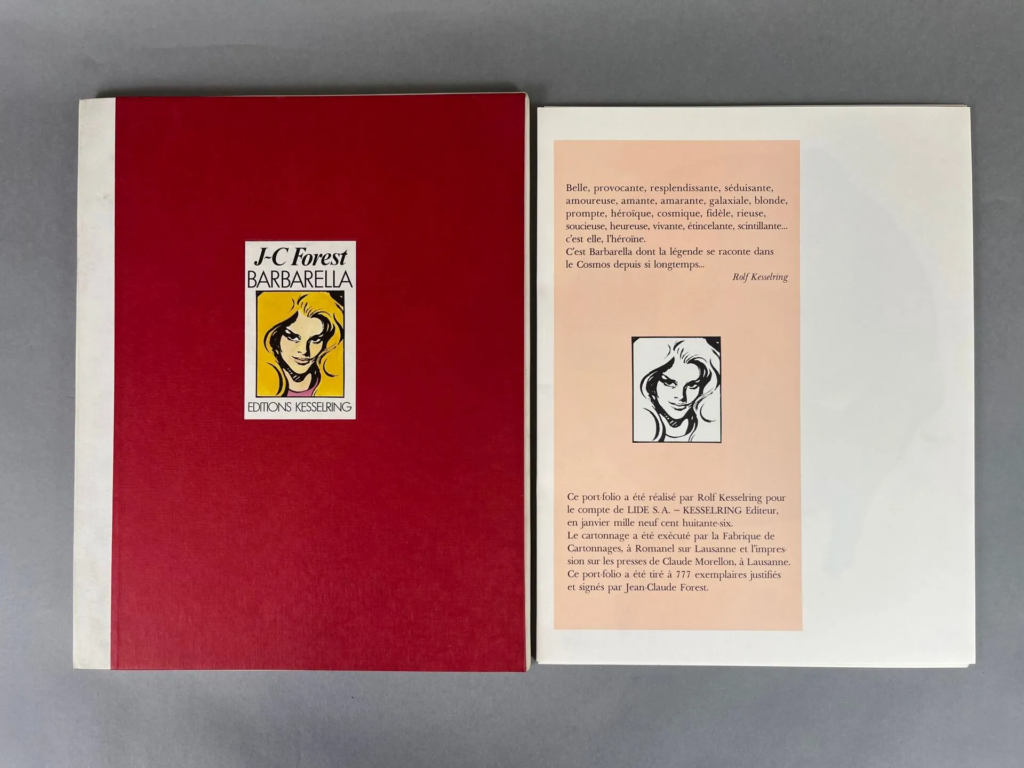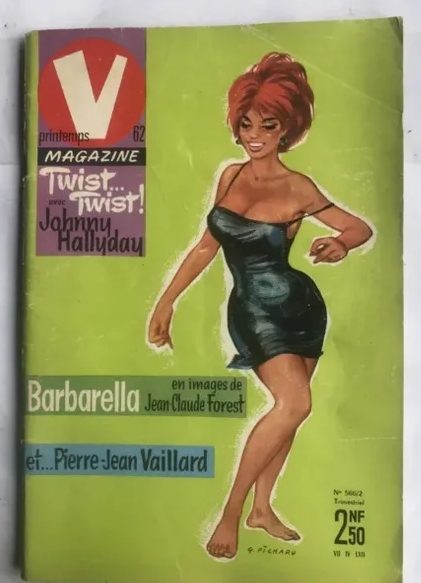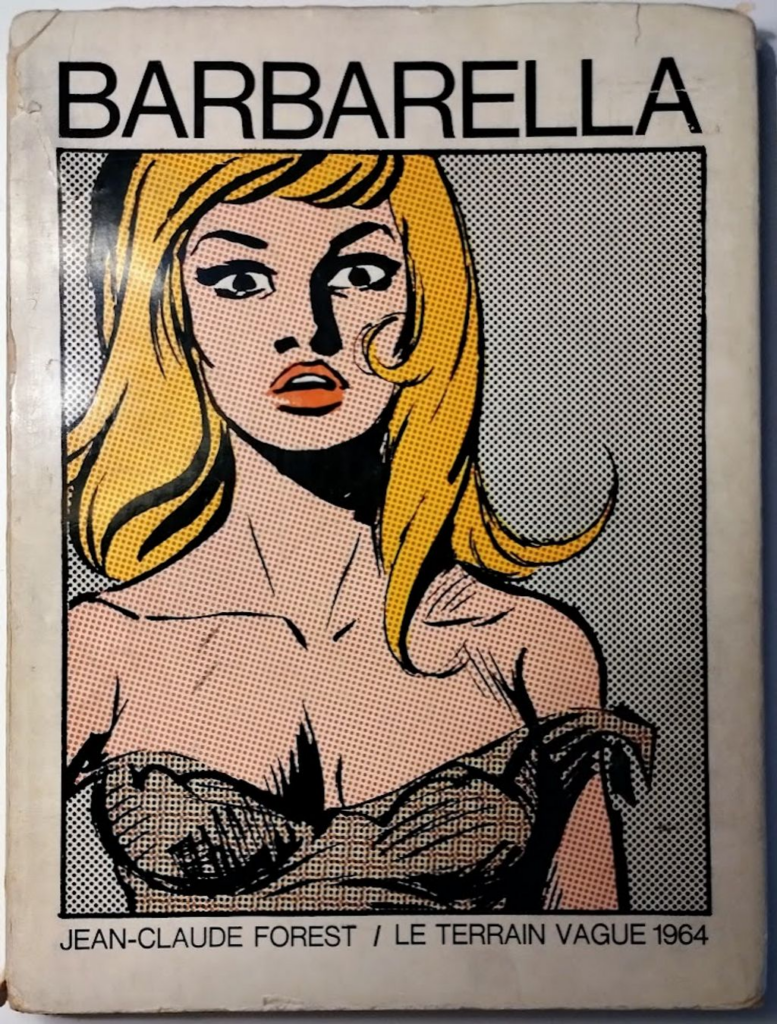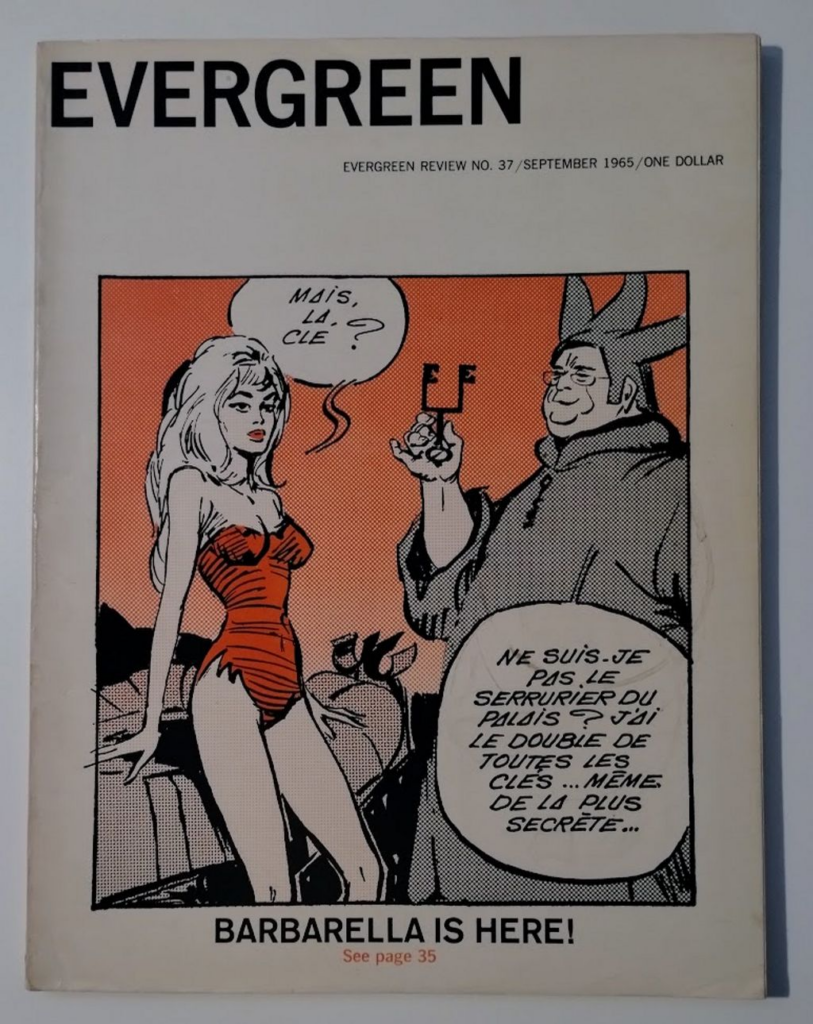April 2020 I participated in my first online auction. The item I was after (and won!) was the original art used on the cover of Asimov’s Lucky Starr paperbacks from the late 70s. Today, I’m in the middle of another auction, this time for a beautiful portfolio of Barbarella prints signed by Jean-Claude Forest. No. 543 of 777 produced. It’s listed at €60 – €80, but based on how the first 70-or-so lots have gone so far (2 hours in) it will be much more than that. Auction started at 8 AM and at this rate my lot won’t come up until later this afternoon. I’ve set hourly alarms to remind me to check the progress.






